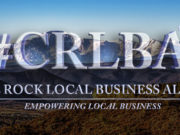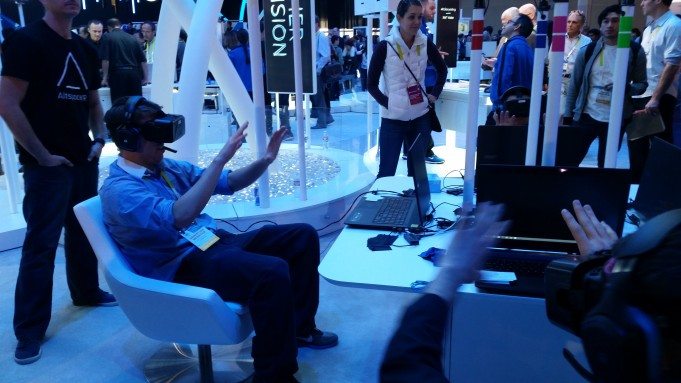Virtual reality took over CES last year, and it’s poised to make an even bigger splash this year. With Google giving up on the first edition of Glass, Samsung pushing Gear VR, and Oculus looking to make a name in VR gaming, it’s only a matter of time before virtual reality spills into every aspect of our lives.
But is virtual reality the future of tech? Will we someday be connected to virtual worlds instead of communicating face-to-face? Let’s look at the future of VR and what you can expect.
What is Virtual Reality?
Virtual reality is a type of immersive multimedia experience that utilizes your sensory perception to simulate a physical response. You put a headset on by utilizing the display and speakers, it’s as if you’re transported to somewhere else. While there, you can talk, listen, interact, and take part in the world as if you’re there from the comfort of your home, office, or elsewhere.
Virtual reality is most used in the world today for training purposes. Pilots, surgeons, and even our Armed Forces use virtual reality to practice and learn from the world around them before jumping into real life situations. It’s being developed for more professions and skill sets where applicable, including police training, TSA security screenings, and even construction work.
For the average consumer, you need specialized hardware to take advantage of virtual reality. This can be as cheap as the $30 version of Google Cardboard and a compatible smartphone to the Gear VR which requires a Galaxy S5 or Note 5, along with the price tag of the Gear VR which ranges from $350-$500 depending on the version.
How is Virtual Reality Being Developed for Consumer Use?
While virtual reality seems beneficial for use in certain professions and situations, how will consumers use it on a day-to-day basis? Is it even being developed for consumer use? The answer is yes!
Consumers will be able to take “trips” to locations across the world with certain apps being developed now. They’ll be able to “shop” at retail locations like Lowes and Home Depot, both of which are developing applicable uses of VR for stores.
Gaming companies, in particular, are jumping on VR, creating first person shooters, space invasions, and other types of games in an environment that overcomes you.
I was lucky enough to check out what Intel RealSense technology is doing paired with Oculus Rift at CES in Las Vegas last year. Along with three other people, we were immersed in a VR environment on another planet playing a game of catch. As long as our hands were in line of sight of the device were wearing, we could throw a ball the size of a dodgeball back and forth to the people around us. We could hear them speak to them, and it was a pretty awesome experience to see VR at use like that.
Do You Need Virtual Reality for Everyday Use?
The real question to ask consumers is the following: Do you need VR for everyday use? It depends on what you get out of it. As the price for consumer versions of virtual reality devices comes down and they’re available on more smartphones, tablets, and PCs, it’s possible the average consumer may find a use for it daily.
For most people, at least in the foreseeable future, virtual reality is just another technological advance that seems too far out and impractical to get use of out it for now.













